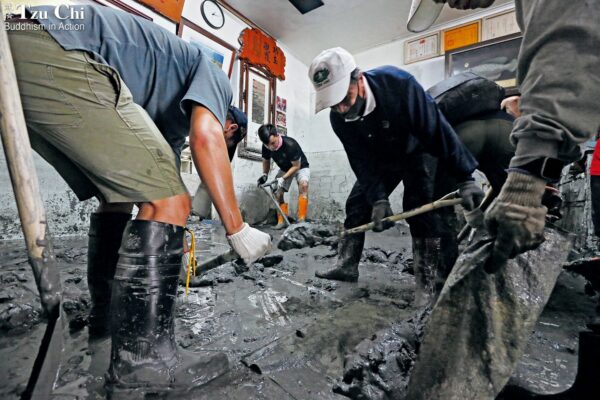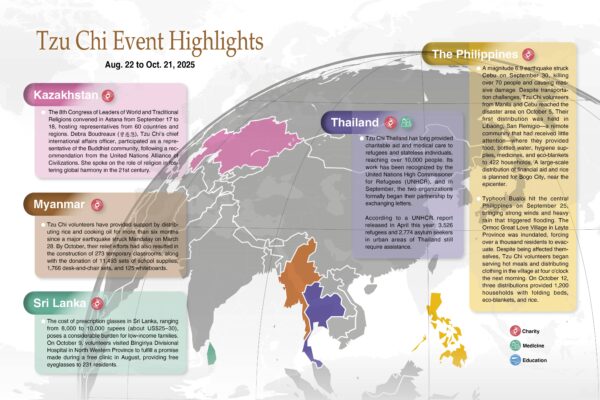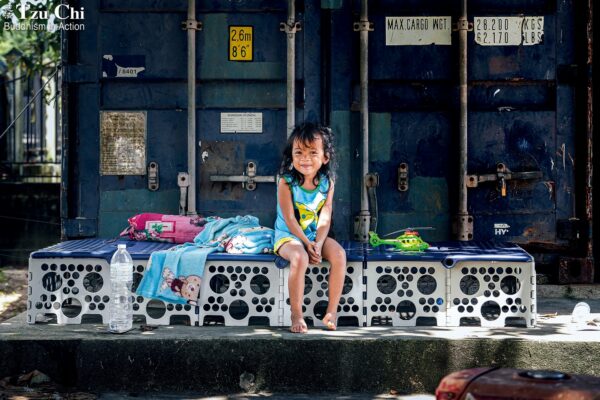By Weiwei Chen
Abridged and translated by Chang Yu Ming
Photos by Tzu Cheng Liu
Used with permission of Rhythms Monthly magazine
Cheap and convenient, online shopping is quickly reshaping the dynamics of the retail industry. Further fuelled by the COVID-19 pandemic, ecommerce brings in billions and billions of dollars for the economy, but at what cost?
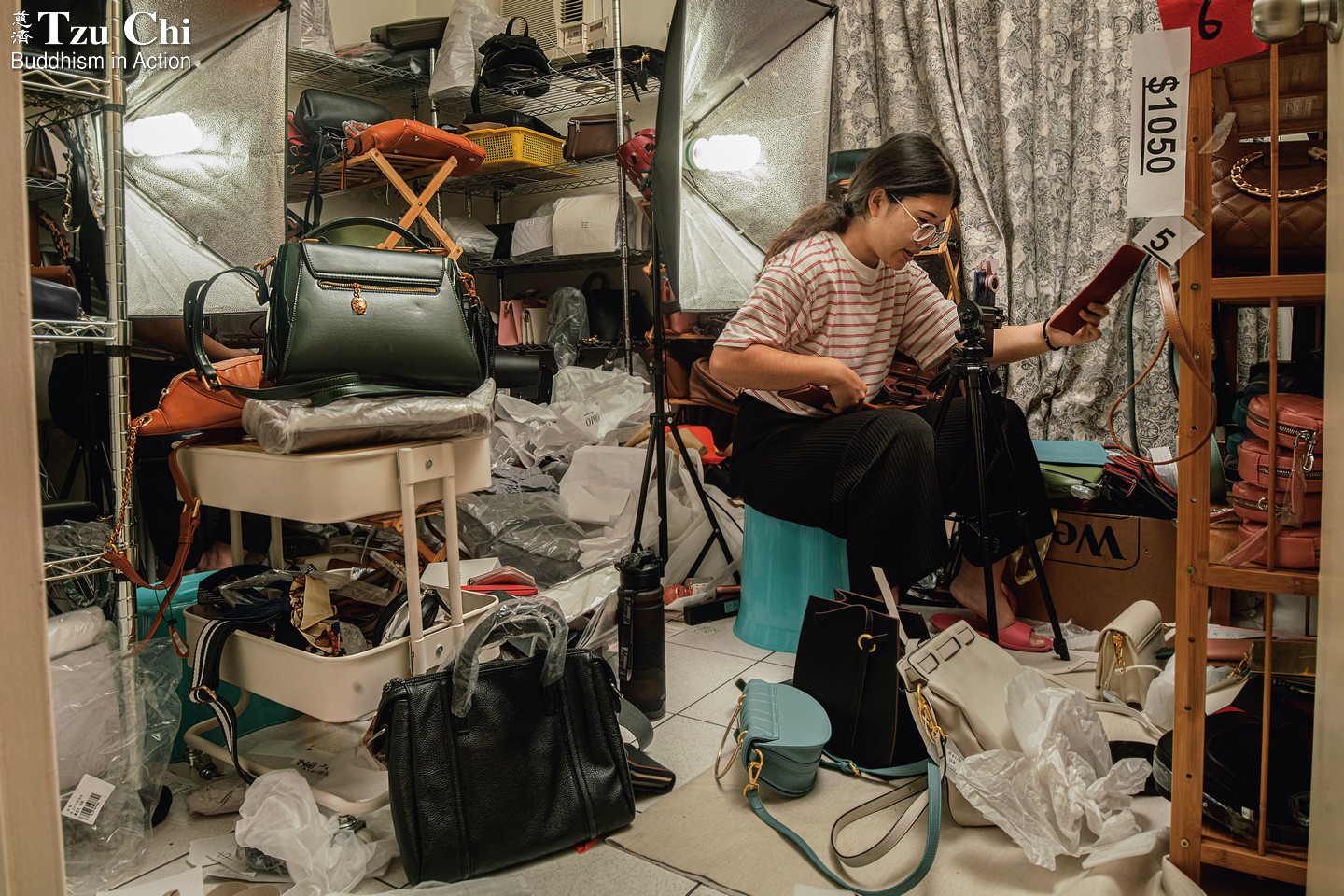
An online seller has turned a room in her home into a studio for her live-streamed shopping sessions. While convenience is driving ecommerce growth, the large amount of packaging waste that results is adding to the environmental burden on the Earth.
Online shopping is growing at an incredible speed. Ecommerce sales in Taiwan, for example, have doubled to 200 billion NT dollars (US$6.8 billion) in just ten years. The COVID-19 pandemic has just accelerated this trend. One of the online shopping platforms in Taiwan, PChome, recorded a revenue of 20.9 billion NT dollars (US$715 million) in the first half of 2020, a 16.33 percent growth from the year before. Tony Huang (黃偉東) is director of public relations for Kuobrothers Corp, another ecommerce business in Taiwan. His statement echoed what other online retailers were experiencing: “When COVID-19 cases in Taiwan shot above a hundred, we sold two million packs of tissue paper in just four days. That’s 25 times our sale volume over the same period last year.”
Rosa Chang (張筱祺), a senior industry analyst at the Institute for Information Industry, suggested that “The pandemic provided an opportunity for those who had never shopped online before to give it a try, and some may have been hooked by its convenience.” But what is the cost of that convenience? As more and more people shift their shopping online, issues such as carbon footprint and excessive packaging begin to surface.

An online seller promotes and displays a product via live streaming on Shopee.
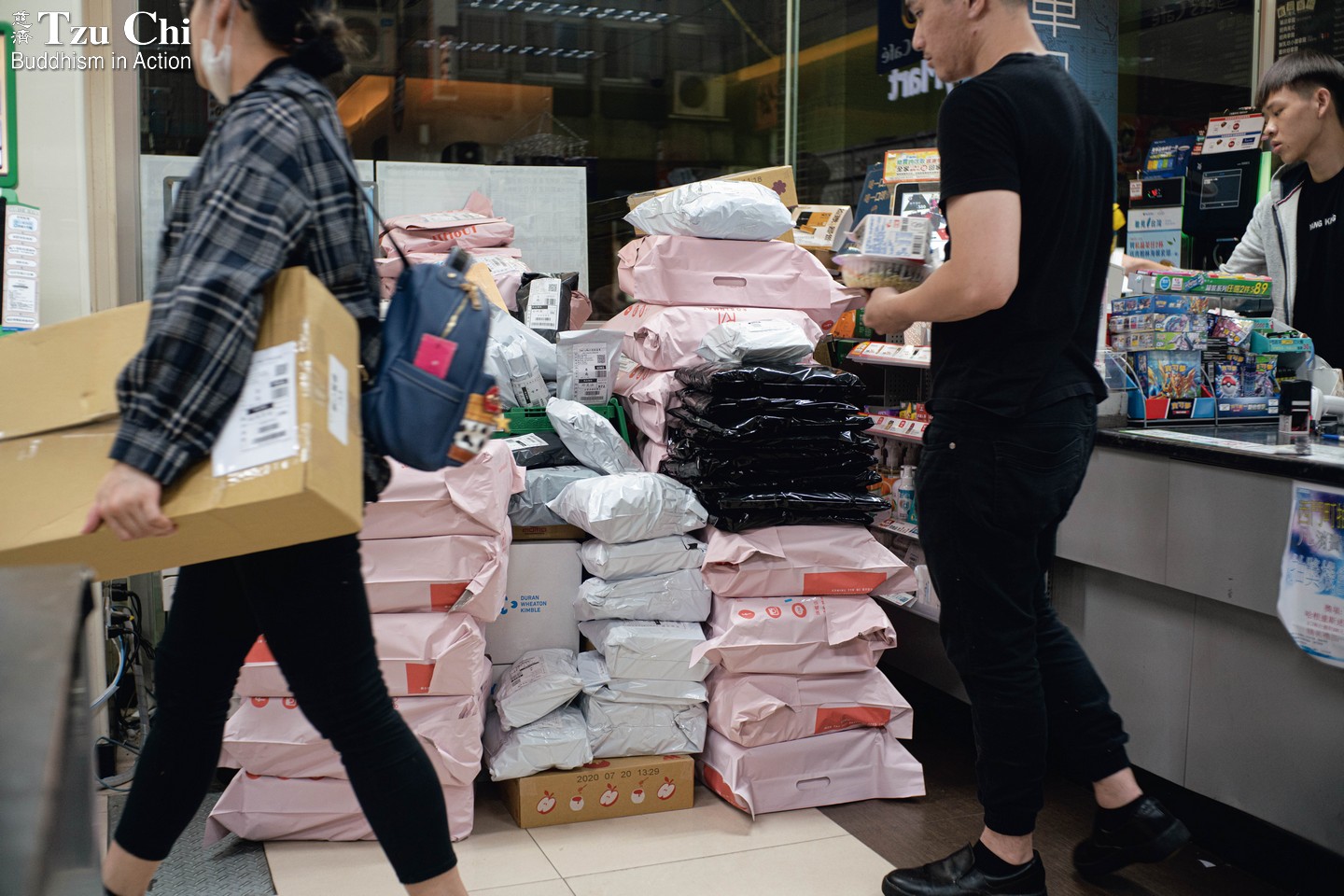
As it is cheap and convenient to send and collect packages through convenience stores, the combined shipping volume of 7-Eleven and FamilyMart in Taiwan has grown to hundreds of millions of packages a year.
Higher or lower carbon footprints?
According to a study done by the Massachusetts Institute of Technology, the carbon footprint of a traditional store shopper is almost two times that of an online shopper. An article on GreenBiz stated that a typical delivery run of online purchases in the U.K. constitutes a 50-mile round with 120 drops, and produces 50 pounds of carbon dioxide. If the shopper drives to the shop himself, a typical round trip would be around 26 miles, generating 24 times more carbon dioxide.
However, these carbon footprints can vary greatly when different transport options for the “last mile” are employed, or when different shopping behaviors are taken into consideration. For example, if the consumer walks or bikes to the shop and buys more than one item, the carbon footprint for each product decreases significantly. In contrast, small separate online orders with speedy deliveries, or having to deliver twice or thrice to succeed, asking for returns, all greatly increase carbon footprints. In addition, the increasing popularity of inter-country online shopping is also generating more carbon dioxide. International online shopping doesn’t just require delivery trucks, but the use of planes or cargo ships.
In terms of storage, the book The Story of Stuff pointed out that online shopping simplified the steps between manufacturing and selling, thus reducing the need for stockpiling. This saves energy from lights and air-conditioning of storehouses. Carbon footprints could be further reduced if deliveries could be made by bike. The Ford car company, for example, developed an app that enables bike couriers to do the last mile deliveries for trucks, thus lowering the carbon footprint from relying on vehicle delivery alone.
Though there are too many variables to say for sure whether online shopping or traditional shopping is more eco-friendly, some choices can definitely help, such as merging different orders into one shipment, opting out of speedy deliveries, cutting down on returns, and trying to buy from local online retailers.
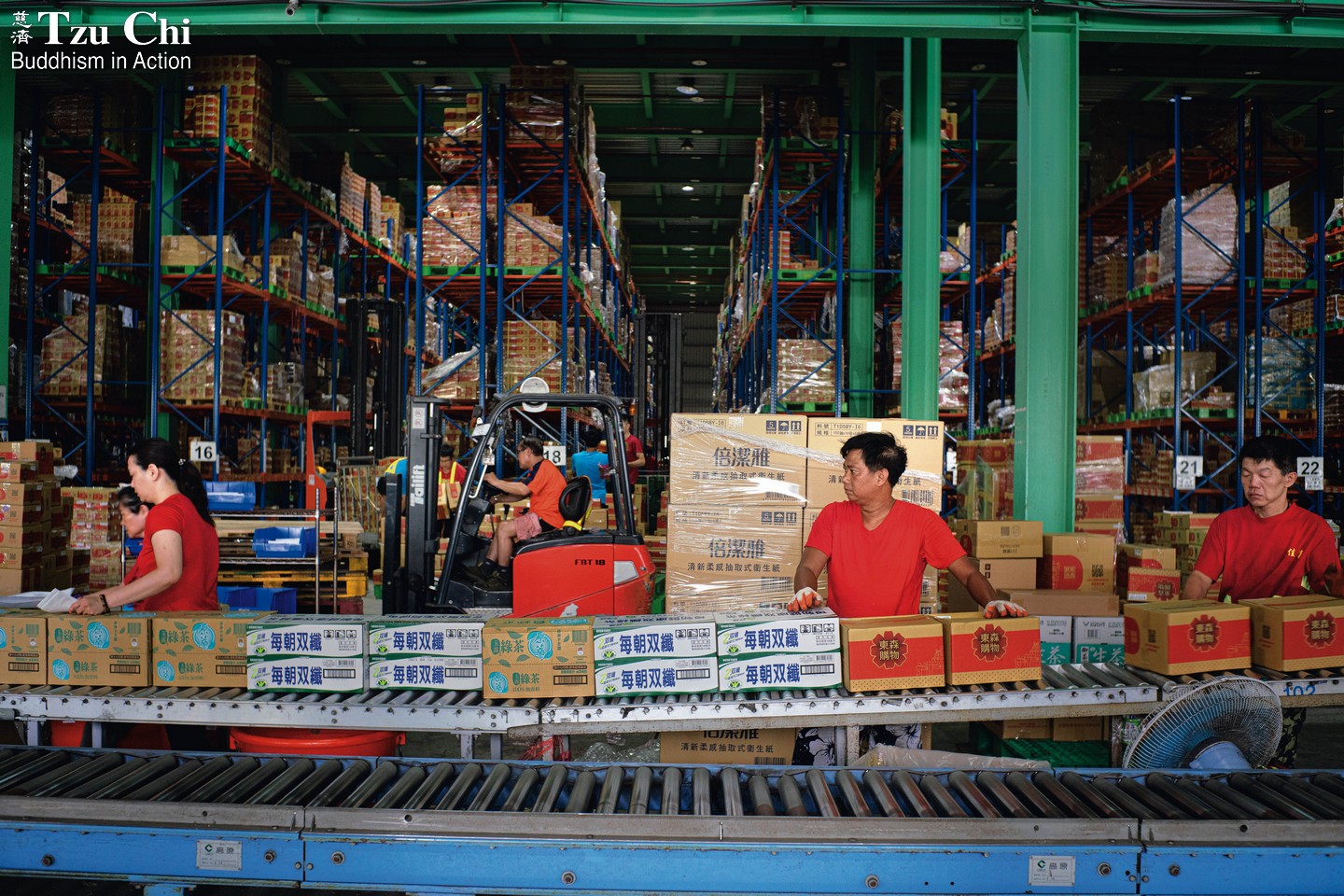
Due to the increasing popularity of online shopping and fueled by the coronavirus pandemic, the daily number of shipped items from ETMall’s warehouse in Taoyuan, northern Taiwan, grew from 30,000 to 40,000 in just three years.
More waste
Though the overall impact of ecommerce on the environment is up for debate, one thing is crystal clear: the rise in online shopping has increased packaging waste. By 2050, the volume of plastic packaging in the world is projected to be triple that of 2000, surpassing the volume used in the entire plastics industry today. Packing materials such as poly mailers, bubble wrap, air cushions, etc. are all contributing to the rise in plastic use.
To ensure the product is not damaged during transportation, shipped items are usually wrapped in layers and layers of protective materials, with cushions occupying nearly every inch of the box. However, these packing materials are often thrown away immediately after unwrapping. Liu Jui-hsiang (劉瑞祥), deputy director-general of the Department of Waste Management at Taiwan’s Environmental Protection Administration (EPA), explained that “Some shops use a lot of packing tape and ropes to secure their boxes. All of these become waste afterward.”
“The packaging needed to send thousands of products directly to thousands of households is very different from sending the same products to hundreds of shops for people to purchase,” said Herlin Hsieh (謝和霖), secretary-general of the Taiwan Watch Institute and a staunch activist in waste management issues.
According to statistics from the EPA, online shopping in Taiwan accounts for a hundred million packagings per year, generating up to 18,000 tons of waste. Ye De-wei (葉德偉), founder and CEO of PackAge+, shared that ecommerce trade in Taiwan is growing at a rate of 7 percent every year. More online shopping means more resources consumed and more waste generated.
Some online shopping platforms have established their own courier service to provide better service and faster deliveries.
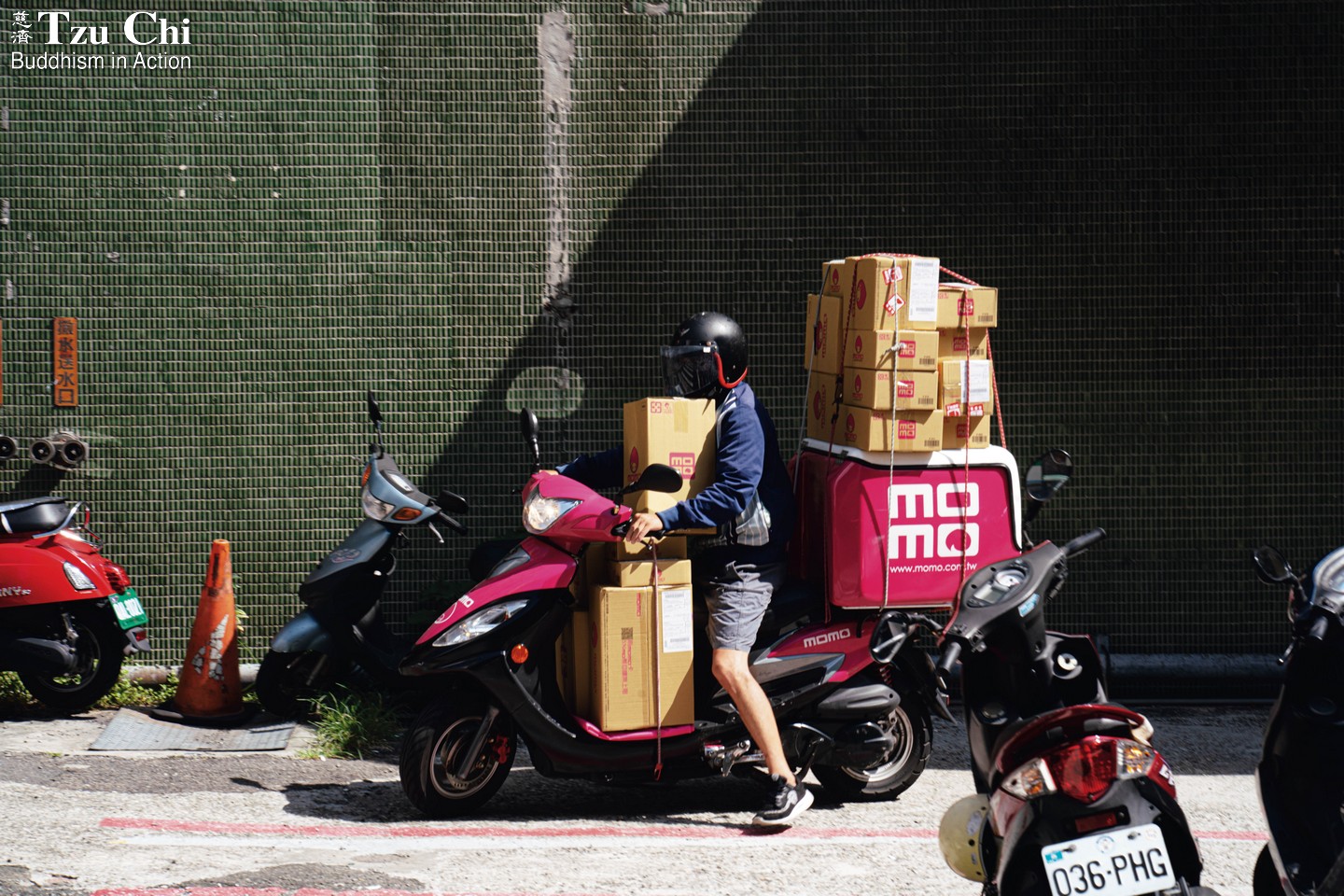
Reducing packaging waste
In light of the problem, Taiwan’s EPA issued a three-step approach in late 2019 to tackle the rise in packaging waste, collaborating with online shopping platforms such as PChome, Shopee, Momo, ETMall, and Kuobrothers.
The first step of the EPA’s three-step approach includes imposing limits on the proportion of packaging in total weight, tape length, etc. “Ideally, the outer packaging should be no more than 10 percent bigger than the packaged contents,” said Liu Jui-hsiang, of the EPA. As a result of this effort, there has been much less waste generated.
“Our packing boxes come in more than ten different sizes,” said Lin Yuan-zhong (林元中), a logistics manager at ETMall. “Our workers used to decide what box to use, but now a computer does the job and suggests the appropriately sized box to use. We have since improved from filling 70 percent of the box to 80 percent, but reaching 90 percent has proved difficult. We can’t just pour our products into the right-sized box. It’s more like a game of building blocks—you have to study how to arrange them to allow the best use of available space.” Maximizing the use of space in a box by packing it efficiently is just one way to cut down on packaging waste. Online shopping platforms can also save on packaging by combining orders from the same customer and shipping the items together.
“The second step of the EPA’s strategy is to limit how much printing is applied to cardboard boxes, which increases their recycling value,” said Liu. Major players in the ecommerce market such as PChome and Momo have switched to using uncolored cardboard boxes with less printing.
On the surface, cardboard boxes seem to be more eco-friendly than poly mailers. However, if they are both incinerated after a single use, a cardboard box generates more carbon dioxide. “Manufacturing and incinerating a poly mailer creates 1.2 kg [2.6 lb] of carbon dioxide, while a cardboard box creates 1.92 kg [4.2 lb],” said Ye De-wei of PackAge+. According to statistics, Taiwan incinerates around 210,000 tons of cardboard boxes every year. It’s not an issue to be taken lightly.
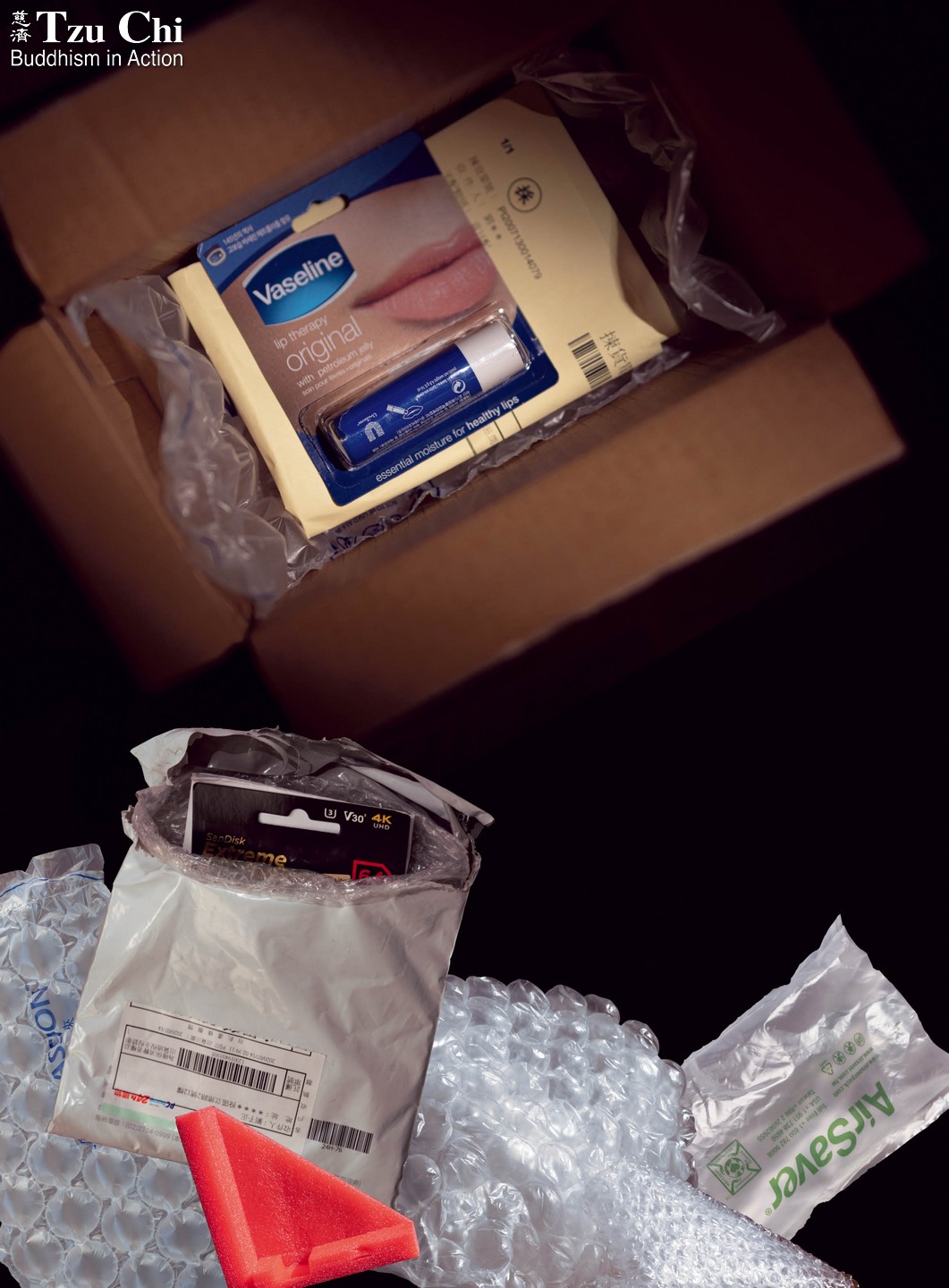
To prevent products from being damaged during transportation, they are often swathed generously in protective materials, which are often discarded after just one use.
Reusable packaging
The third step of the EPA’s plan is to move toward reusable packaging materials. A reusable packaging system—returning the packaging to the supplier so it can be used again—might be the best strategy when it comes to tackling the issue of packaging waste.
To that end, PackAge+ designed a reusable, padded, and easy-to-clean shipping bag made from recycled PET bottles. Consumers can choose to have their orders shipped using this reusable shipping bag, then return the bags at return boxes placed in restaurants, cafes, etc. Each bag is designed to be used more than 50 times. “We held test trials around universities in Taipei for three months. More than 3,000 people participated, with a return rate of 82 percent,” said Ye De-wei. PackAge+ has started using this type of bag in partnership with ecommerce companies in Taiwan.
Another company, Picupi, uses waste fabric to make shipping bags for their products. This helps avoid the use of new resources to make packaging materials, and the shipping bags can be repurposed as shopping bags afterward.
Sing Home Polyfoam Co., Ltd., on the other hand, has designed a durable and collapsible box made using expanded polypropylene. They are waiting for interested clients to start volume production. It is paradoxical that a supplier of disposable packing materials is designing reusable boxes. Wu Jia-kun (吳家坤), vice-president of Sing Home, said: “We may not incur a loss from this, but we won’t make a profit either. That’s because these boxes can be used, and re-used, for a long time. We make our money on the disposable packing material. However, this box is better for the environment, so we still have to do it.” On a similar note, Taiwan’s post office offers discounts on postage when its shipping box is reused.
The EPA hopes that ecommerce platforms can increase the use of reusable packaging to 10 percent of their total shipments within the next two years. However, some ecommerce platforms doubt its feasibility. After all, “the couriers and the consumers play a part in this too. What if we don’t get our boxes back?” said Lin Yuan-zhong of ETMall. Tony Huang of Kuobrothers asked, “People shop online for the convenience. Would they really take the trouble to return the packaging?”
To address this issue, PackAge+ suggests a discount and deposit policy. For example, when consumers return a shipping bag at a partnered shop, they can get a discount from that shop. A deposit system is also one way to encourage returns. Many Taiwanese collect their deliveries at convenience stores, so if these stores can have return stations, people can unwrap and return the shipping bags on the spot, which would also greatly boost return rates.
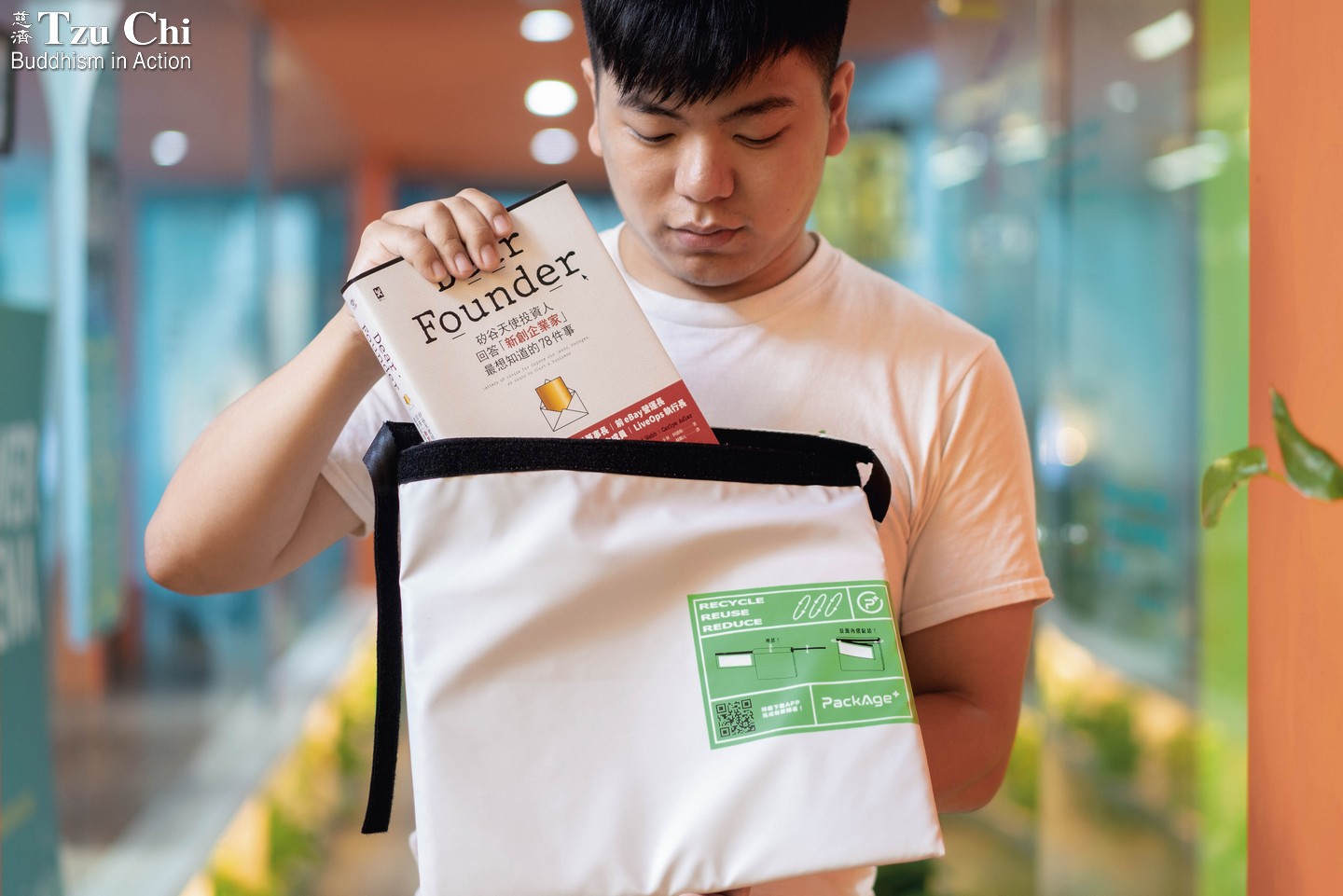
PackAge+ founder, Ye De-wei, aims to reduce packaging waste by replacing disposable packing materials with reusable ones.
A shipping bag made from waste fabric used by Picupi. The bag, when turned inside out, can be used as a shopping bag.
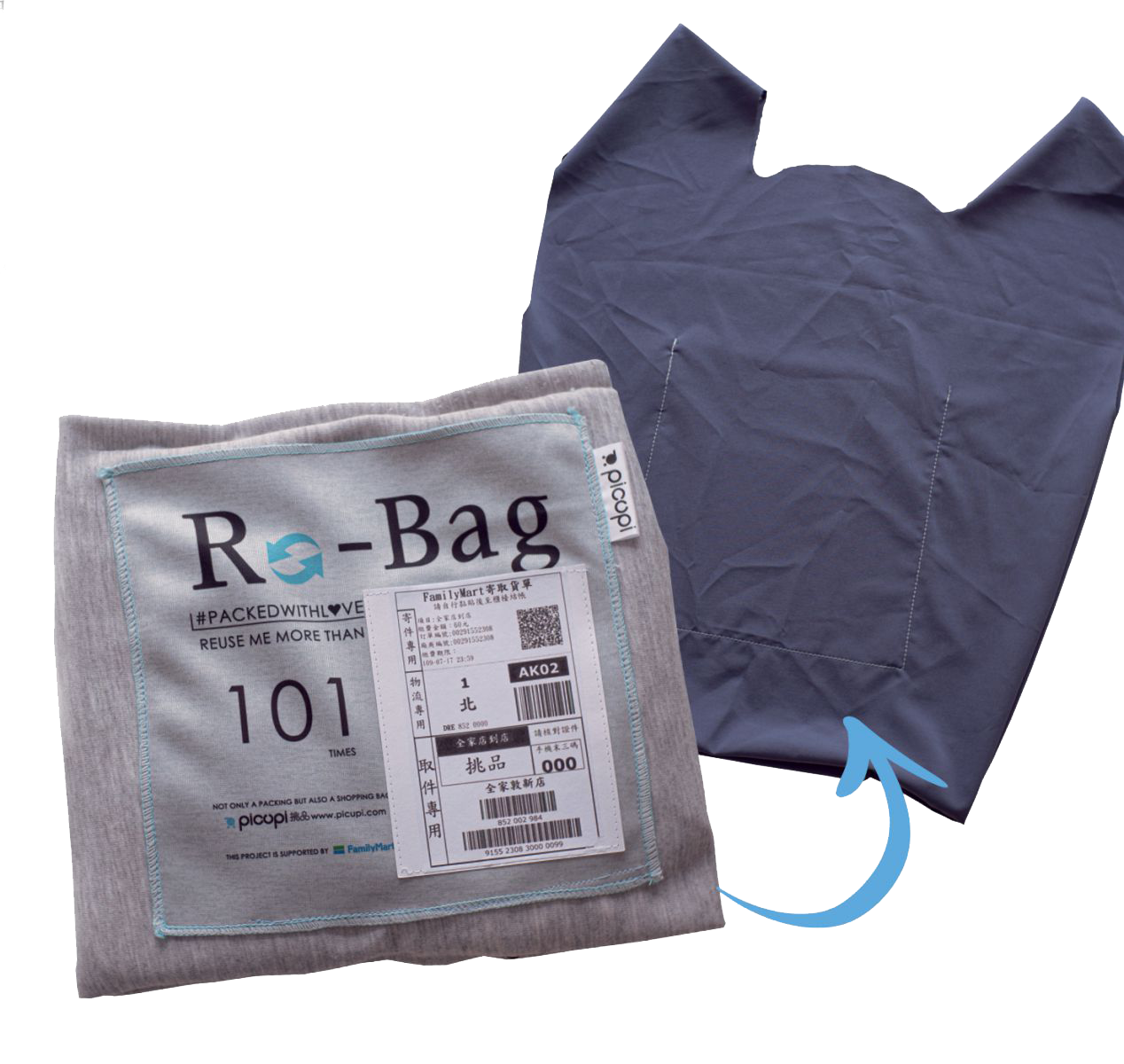
The rise of ecommerce
“Online shopping is like the Anywhere Door in Doraemon [a popular Japanese cartoon series],” Tony Huang said. The Anywhere Door transports the user to whatever location they desire to visit. Similarly, without restrictions such as business hours, locale, and the limited capacity of a brick-and-mortar space, shopping online can be like stepping through the Anywhere Door at the click of a button. The item can reach your doorstep in just a few hours, and at a lower price. Your privacy can be protected by opting for encrypted credit card payment or cash on delivery. A proper return policy can also safeguard against falsely advertised products. With so many benefits, Huang said confidently, “it’s nearly impossible for those who have shopped online to ditch it and return to brick and mortar shopping.”
Advertisements and enticements are ubiquitous on the internet. Targeted ads are now embedded in online news articles, social media platforms, and videos on YouTube. What’s more, the advertisements are tailored specifically to the user. What people see, what products they are exposed to, vary with each user.
“We may not know what our consumers look like, but we are among those who understand their purchasing habits the best,” Huang added. “There are no records of what a customer has browsed in a physical store, but every movement online is recorded.” Compared with traditional stores, ecommerce is much more active. “Customers used to be the ones searching for products, but now advertisements follow them everywhere online even after they leave a shopping website and move to another platform,” said Huang.
According to statistics, Taiwan’s ecommerce market is the 7th largest in the world, but local online shopping accounts for just ten to 20 percent of total expenditures among Taiwanese. This indicates a huge potential for growth in the ecommerce industry. As online shopping becomes more prevalent in the future, the government, ecommerce platforms, couriers, and consumers must work together to reduce its environmental impact as much as possible.

